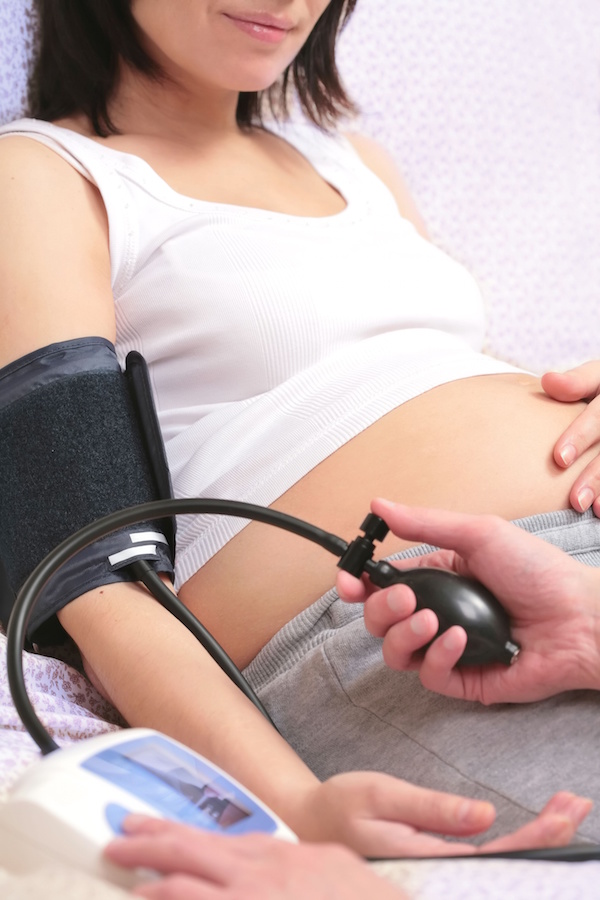
TUESDAY, March 23 (HealthDay News) — High blood pressure — even above the level ordinarily regarded as dangerous — is a good indicator of long-term survival for people admitted to an intensive care unit because of chest pains that indicate a major heart problem, Swedish researchers report.
Their study, which involved 119,151 people admitted to ICUs for chest pain between 1997 and 2007, found the best one-year survival rate among those who had a systolic pressure (the higher of the recommended 120/80 number) at or above 163, according to a report in the March 24/31 issue of the Journal of the American Medical Association. The study was conducted at Swedish hospitals by physicians at Linkoping University.
Survival was poorest for the one-quarter of people who had the lowest blood pressure readings, less than 128 systolic, the study found. Their one-year death rate was 40.3 percent higher than for those in the next category up, with a systolic pressure of 128 to 144.
Overall, as blood pressure levels rose, the one-year death rate declined. Compared with people with a systolic reading of 128 to 144, those with readings between 145 and 162 had a 15.2 percent lower death rate, and people in the highest category, with a systolic reading of 163 or greater, had a 21.7 percent lower death rate.
There have been hints of such an effect in previous studies, said Dr. Gregg C. Fonarow, a professor of medicine at the University of California, Los Angeles, who led one such study, which included people with acute heart failure.
That study did find improved survival associated with higher blood pressure, and other studies have found a similar effect during a hospital stay, “but this is the first study looking at one-year survival,” Fonarow said.
Why should blood pressure normally regarded as dangerously high be beneficial? “It could be a marker for patients with better cardiovascular reserves,” Fonarow said. “It suggests that those patients who can engender a very high response may have less severe disease or a more intact neuro-hormonal system.”
But the results do not indicate that high blood pressure in such cases can be ignored, Fonarow said. “It should not be taken as saying that they don’t need treatment,” he said. “Patients who were treated for high blood pressure before release, with drugs such as ACE inhibitors and beta blockers that lower blood pressure, did better.”
The study does show the need for worry about people in the ICU with lower blood pressures, Fonarow said. “It highlights that they are at much greater risk,” he said. “Those hospitalized with blood pressure below 128 need to be followed more closely.”
A study led by Dr. Kim A. Eagle, director of the Cardiovascular Center at the University of Michigan, predicted such an effect for people with acute coronary syndromes several years ago, Eagle said.
“We reasoned that a patient with very low pressure was in shock or at risk of being in shock, with very little in cardiovascular reserves,” he said. “There is very little room for error in cardiac function.”
Blood pressure can indicate how much cardiovascular reserve a person has, Eagle said. “If someone is in acute stress, having a heart attack, and can generate acute hypertension [high blood pressure], he is in good shape,” he said.
The study raises the question of “how hard should we work at lowering blood pressure in such cases,” Eagle said. “Probably it should be normalized, but we don’t want to go beyond that. We don’t want to put the patient into acute stress.”
Dr. Manesh Patel, an assistant professor of medicine at Duke University, said that it’s important to remember that the study looked at “a very special group.”
“They’re in a very high-risk situation,” Patel said. “Blood pressure is a measure of how well your heart is squeezing. When you’re in that situation, it’s generally better to have a high blood pressure than not. High blood pressure is a surrogate for how much your heart is alive and squeezing.”
More information
The U.S. National Library of Medicine has more on chest pain.

